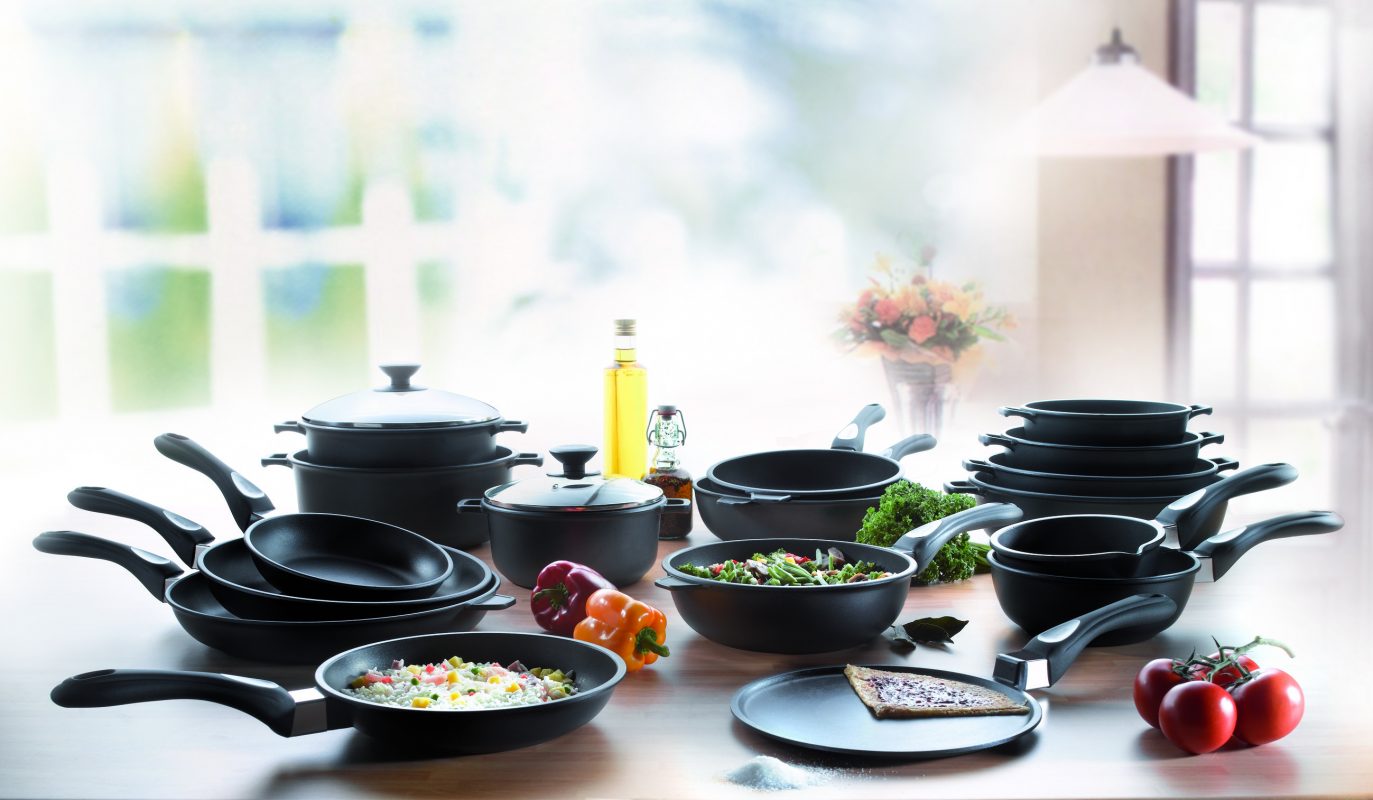Guide to Buying Saucepans

Not all cookware with one long handle can be considered a saucepan. A ‘real’ saucepan should have these defining attributes:
First, it should have vertical sides (unlike, say, skillets or frying pans). Second, the height of the pan should be of similar length as the diameter of the pan. Finally, most saucepans have a capacity of less than 2 litres; any pan with a larger capacity automatically falls under the ‘sauce or soup pot’ category.
Here are some tips on finding the right one for your kitchen:
1) What is your purpose?
Saucepans typically range from 1 to 2 litres. A 2L pan should be sufficient for a household of four. Larger 4L saucepans would be tiresome to hold since it has only one handle.
If you are a heavy user, consider investing in better quality pans for prolong its lifespan. Choose a size that best suits the number of people in your household.
2) Specialty saucepans
Most saucepans come with vertical sides but there are specialty saucepans in the market with unusual shapes or other unique features:
Saucier: This saucepan has a wide top and round sides which facilitates evaporation as they increase the surface area for evaporation to occur. The shorter side makes it easier to access to whatever you are cooking so stirring is made easier. Puddings, custards and risottos will be cooked perfectly in a saucier.
Windsor pan: This pan has a sloped side extending from the base of the saucepan. The flare sides allow sauce to be dissipated at a faster rate as there is a bigger surface area for evaporation. This design is great for sauces but not as versatile as the classic design.
Milk pan: This pan is essentially used for heating milk hence its name. The rim of this small saucepan has a slight indentation which allows the milk to flow out of the pan in a smooth, thin stream. A milk pan is good for reheating small amounts of liquids.
3) Materials
The most common materials used to make saucepans are copper, aluminium, cast iron, stainless steel and a combination of different materials. Every material has its pros and cons so pick the one that suits your needs best. One point to highlight is to check if your saucepan is oven-safe if you regularly need to put your cookware in the oven for the last leg of cooking. Generally, cookware that has a plastic or wooden component should not be oven safe unless stated otherwise. Non-stick coated cookware should not be heated above 250° C as well.
| Material | Thermal Quality | Maintenance | Reactivity | Hybrid | Price Range |
| Copper | Excellent conductor of heat | Constant polishing to prevent tarnish | Reacts with acidic food items like tomatoes and gives off a toxic compound | Some Copper saucepans’ interior has been lined with tin to prevent the reactivity. | Expensive |
| Cast Iron | Good heat conductor and retains heat very well | Needs to be constantly seasoned after every use to prevent rusting | Non-reactive | Teflon and porcelain enamel has been introduced to the interior of the surface to prevent rusting | Coated cast iron is more expensive Than raw cast iron |
| Stainless Steel | Poor heat conductor | Easy maintenance; usually dishwasher safe. | Non-reactive | Inner core of the saucepan can be fortified with copper or aluminium to increase heat conductivity | Inexpensive |
| Aluminium | Excellent conductor of heat | Tends to warp under high heat and easily scratched | Similar to copper, reactive to acidic food items | Anodized aluminium is the improved alternative where an electrochemical process is undertaken which makes the aluminium non-reactive, scratch and warp resistant | Anodized aluminium is more expensive than raw aluminium |
4) Handles
Look out for pans with medium-length handles as your hands are constantly gripping it. A longer handle means you are further away from the heat. A sturdy handle is a must, so get a saucepan with handle securely attached with heavy screws or rivets. Although some handles are heat-resistant, it’s still safer to use an oven mitt when removing the saucepan from the oven. ‘Heat-resistant’ does not necessarily mean heat-proof and it might still be too hot for your hands.

The de Buyer company was founded in 1830 and has been creating and manufacturing the best kitchen and pastry utensils for the professional and the hobby chef.

